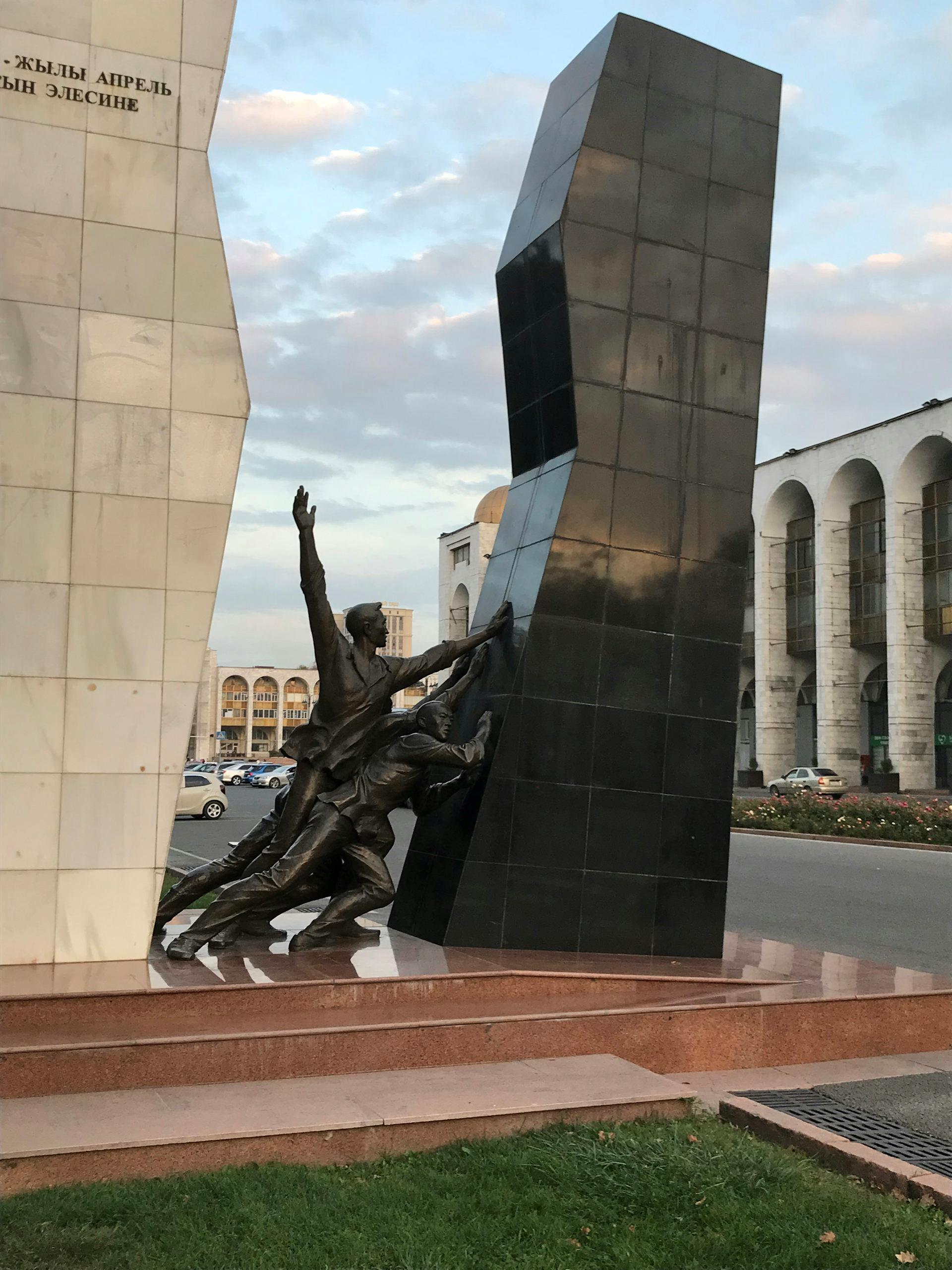
Putinism Making Inroads In Central Asia's Kyrgyzstan
Since emerging from the breakup of the Soviet Union in the early 1990s, citizens in the Central Asian republic have taken it upon themselves to oust presidents who attempt to overstay their welcome or engage in corruption.
Indeed, between 2005 and 2020, the country experienced five presidential transitions – three as a result of popular protests and two through the peaceful democratic transfer of power.
But a new trend appears to be in the air of Bishkek, the country's capital. In contrast to how he is viewed in some other former Soviet states, Russian President Vladimir Putin is popular among Kyrgyz , and his strongman style appears to be influencing the country's rulers . In recent weeks, legislation has been advanced to extend their authority and crack down on dissent.
As a scholar of democracy, civic activism and post-Soviet geopolitics , I've long known about Kyrgyzstan's distinctive trajectory – and wondered how this track record of people power squares with recent moves toward authoritarianism. I learned more during a visit to the country in the fall.
Protest spacesThe epicenter of Kyrgyz street politics is Bishkek's Ala-Too Square and the adjacent White House, which historically served as the official presidential office building.
In 2005, Kyrgyz citizens gathered there to protest against their first post-Soviet president, Askar Akayev, when he tried to circumvent term limits and extend his power. Their Tulip Revolution drove Akayev into exile in Moscow.
Five years later at the same location, people gathered for the People's April Revolution against corruption-charged President Kurmanbek Bakiyev.

Monument to 'Those Who Died For Freedom' in Bishkek. Keith Brown, CC BY
Bakiyev authorized deadly force against protesters before being toppled. About 90 protesters who were killed are commemorated to this day with a striking monument on Ala-Too Square.
The square became an epicenter of discontent again in 2020, when anti-government protests overturned what many citizens saw as a stolen election and forced President Sooronbai Jeenbekov from power.
A new brand of politicsKyrgyzstan's current president, Sadyr Japarov, knows this history well: He lived it.
After serving in Bakiyev's administration, he helped lead mass demonstrations in 2012 against newly elected President Almazbek Atambayev.

Legal Disclaimer:
MENAFN provides the information “as is” without warranty of any kind. We do not accept any responsibility or liability for the accuracy, content, images, videos, licenses, completeness, legality, or reliability of the information contained in this article. If you have any complaints or copyright issues related to this article, kindly contact the provider above.



























Comments
No comment